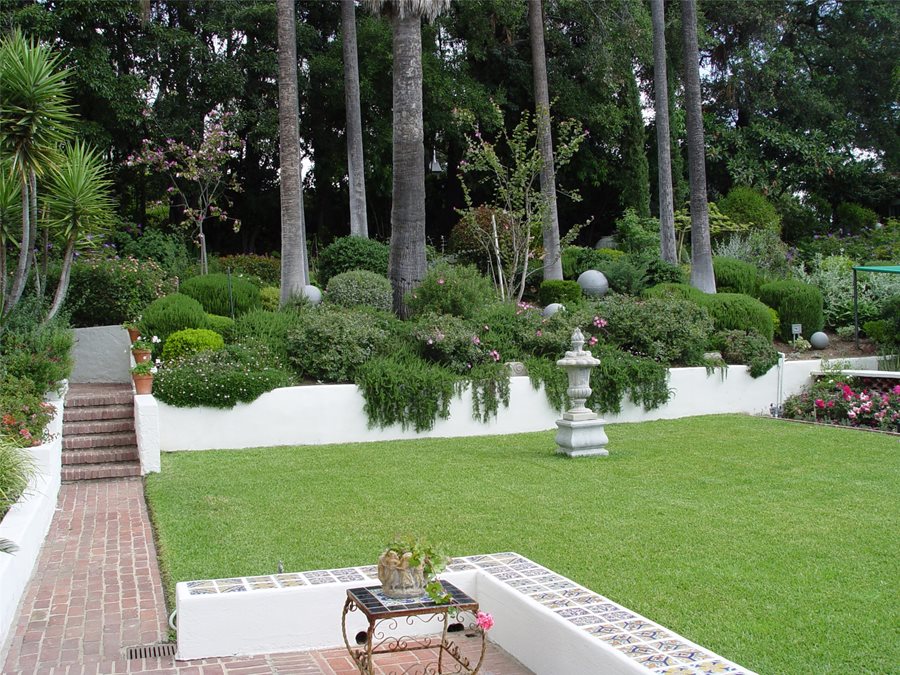

Domes of clipped box and yew sit between exuberant clumps of spurge (Euphorbia characias subsp. Garden step ideas From the enclosed, cobbled courtyard behind the house, stone steps curve gently to the path that leads to the greenhouse. Balustrades and handrails are not a legal obligation for garden steps, but may well help anyone unsure of their footing. This needs an overhang on the tread paving of 40mm or so – the overhanging paving will also produce a shadow line in daylight, which again marks the step. Lighting can also be added to identify the step from the side.Ī more subtle alternative is to recess LED strips under the tread paving to shine down the riser face. If this is unavoidable consider a change of material along the edge of the step to mark its location. A single step is dangerous if people fail to see the change in level. Well-designed steps do not need to represent a safety hazard, but there are some basic considerations. They can also be difficult for disabled people.

If you get steps wrong, they are potentially dangerous. If space allows, steps can be 1m deep or more, creating a much more elegant ‘going’, while also providing spaces for the display of sculpture or containers. Individual treads can also be more than the minimum 30cm. Similarly, if a pathway is 1.5m wide, make the steps the same width rather than creating a restriction to easy movement. It will emphasise horizontal surfaces and give the garden a greater sense of space. A wide terrace benefits from wide steps, preferably the same width as the terrace. It is useful to consider the steps themselves as a design feature rather than simply as a means of access. This ratio produces a more relaxed angle of ascent or descent, resulting in steps more successfully proportioned to the greater outdoor scale. Is a 15cm maximum riser and 30cm minimum tread depth. Interior dimensions will only really work in tight spaces, for example in smaller urban gardens where decks or balconies need access to the garden level. The return journey, especially in steeply sloping gardens, can prove difficult and tiring. Out of doors these dimensions will seem mean and dangerous, creating a sense of tipping forward as one moves down the stairs. Indoors, where we need to climb in a more restricted space, typical dimensions are 17-18cm riser height and 22-24cm tread depth. Steps consist of the ‘riser’ – the vertical face of the step – and the ‘tread’, the horizontal surface on which you stand. Steps are the most efficient means of changing level, but many people mistakenly use indoor step measurements out of doors, where the scale is very different. Read on for more sloping garden ideas and inspiration. Hard landscaping almost always includes a flat area of terracing – using the same material for steps makes the garden more cohesive allowing one area to fade into the next. Installing irrigation when the garden is laid out will avoid plant losses in dry weather, where watering by hand might be awkward.
#Slope landscape design ideas how to#
Read our piece on how to conserve water in garden design. There is a lot of natural run-off with slopes – they are drier at the top than the bottom, so the right plant in the right place is key.

Tall plants, such as Verbena bonariensis, can almost appear to be understorey planting. A sloping border allows a tumble of plants where you can play with the height of plants to create an unusual effect.


 0 kommentar(er)
0 kommentar(er)
